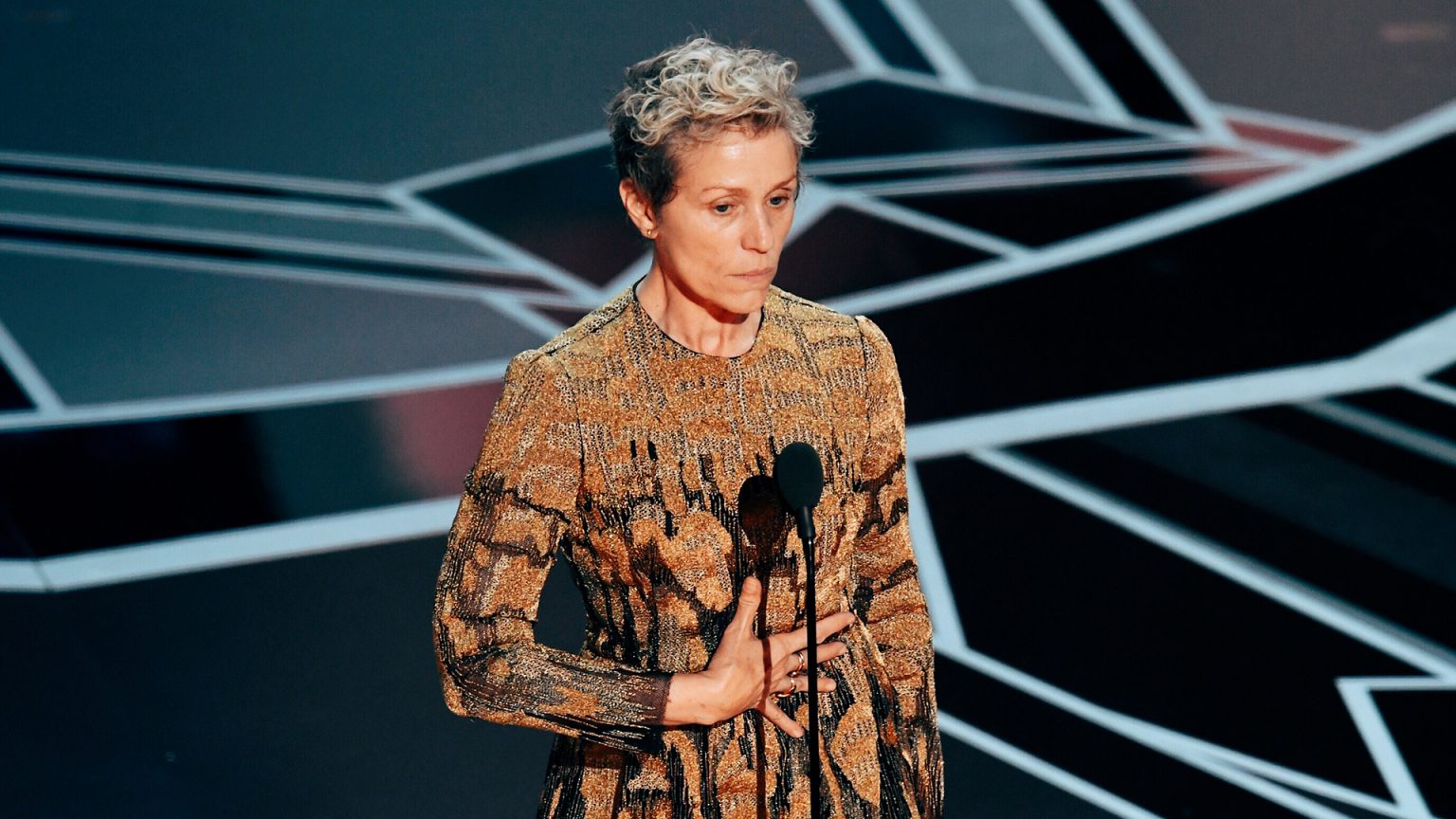“Inclusion. Riders.” With just the final two words of her acceptance speech for a Best Actress Oscar, Frances McDormand ignited the viewing audience of the 90th annual Academy Awards, spurring celebrities like Brie Larson to take to social media with pledges to commit to the practice and causing search engines in households across America to light up with curious queries. But can a stipulation dependent on the magnanimity of the A-list really enact meaningful change towards righting Hollywood’s representation problem?
Let’s rewind a bit, for a who, when, why, and how. Stacy Smith and Kalpana Kotagal are a professor of communications and a civil rights attorney, respectively, who came up with the concept of an inclusion rider beginning with (what else?) a TED talk in 2016. They had begun shopping it to some of the major Hollywood agencies, but McDormand’s sudden dropping of the phrase in her acceptance speech has understandably been quite the signal boost. It’s almost kind of amazing that this is the first we’re hearing about something like this because in hindsight it seems like a total and complete no-brainer that should have been common industry practice for years.
A rider is an additional contract provision that is successfully negotiated by the “talent” — often when we talk about riders we joke about demands for cute puppies and specific candy requirements in musicians’ green rooms. But an inclusion rider is a specifically-worded clause an actor can ask for, which stipulates that minor roles be cast in a way that “reflect the world in which we live” — which Kotagal and Smith quantified thusly: fifty percent gender parity, forty percent parity for POC, twenty percent parity for accessibility, and five percent parity for LGBTQIA+. Specific historical dramas are exempt, so if you happen to see an uptick in films set in a more segregated past, well, you can connect the dots and let the studios know you’re onto them!
Here’s the thing: Representation matters in acting, and so does actually getting the work. For those reasons, social pressure to demand inclusion riders is a great thing for Hollywood. However, if the A-list is still gate-kept (and those gatekeepers are the ones on whom the burden of inclusion falls), then this trend can’t address the holistic issue of what stories are and aren’t getting told. The irony is not lost on us that at this year’s ceremony, in the season of #TimesUp, fewer women won than any other year since 2012. And as it stands now, inclusion riders don’t extend to crew positions, either. Of course, there’s nothing stopping an actor from providing their own rider asking for these towards parity, but consider this: It took until now for even this to become a talked-about tangible thing to ask for. It would go a long way to hear from casting directors, the missing part of this puzzle, on how they plan to populate movies with a diverse array of representation. After all, though a green light almost always requires that an A-list star or two already be attached, it’s often the casting directors who determine the way the world of a movie is fleshed out, from speaking parts to walk-ons.
At the end of the day, the inclusion rider feels necessary because it’s not just a slogan or a consciousness-raising act of courage — it’s a direct, material commitment to supporting diversity onscreen. Let’s keep our collective focus on the contracts that begin the projects that will become blockbusters, cult classics, and beloved guilty pleasures. There may be a revolution brewing, but we have to make sure we get it in writing.




